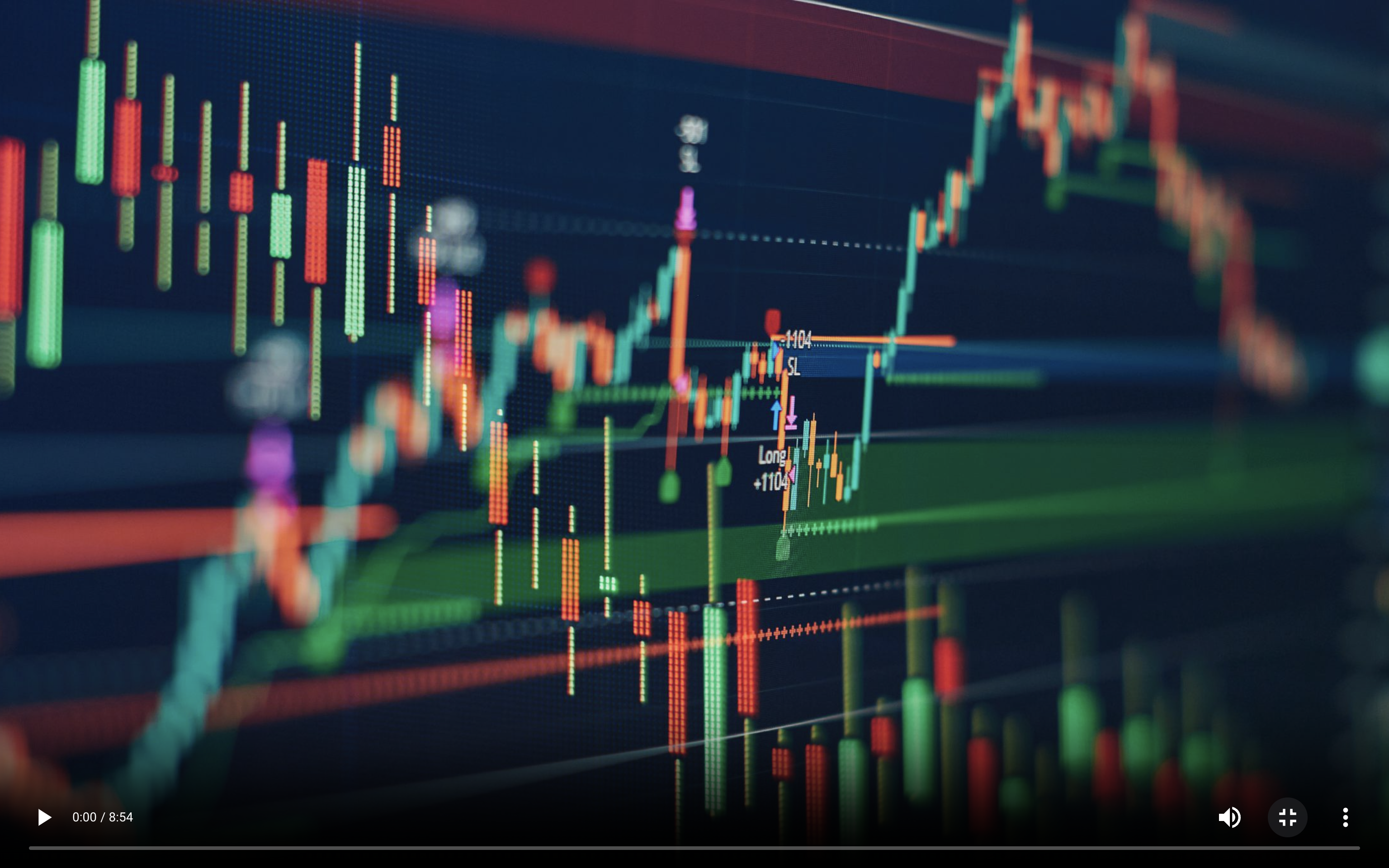How on earth do you get data out of a database? How do we do this regularly, programmably and in an automated way to support our data analytic functions?
There are just so many instances where we have the greatest analysts with fantastic analytical toos tools. They are ready to go But, low and behold, all the data is locked up in an old legacy system. No API, lots and lots of tables and maybe a guardian begging you to not touch the system because it is so fragile. What’s a data scientist to do?
One solution is a Snap. We take a copy of the entire database. For a one off this might be fine but doing this every day to build an ongoing process? This is probably not a great idea. For one, it’s no longer real time. Not even close. The whole process of copying an entire database is just slow. What now?
Glad you asked!
What is Change Data Capture?
Change Data Capture (CDC) offers an elegant, nearly real time alternative. Using an array of software patterns, CDC detects the changes made to transactional databases and delivers the new information to the production database where it can be replicated as it analyzes data, calculates positions, and creates historical records. Sometimes we call these “delta connectors.” Delta, of course, is the greek letter that denotes change. So essentially the CDC or delta connector is looking at the database and saying: “Hey, just show me what has changed in the DB since the last time I looked.” These are a very clever piece of kit in the data scientists toolkit! When done correctly, they can have a very light touch on the respective database. This is great for legacy applications.
How Does Change Data Capture Improve Data Science?
Optimizing CDC with K3’s comprehensive toolset delivers several advantages that empower IT departments and data-dependent decision makers to scale their data analysis capabilities, and efficiently activate data in real time, without interrupting transactional data prep, flow, production replication, or data lake loading::
- Speed – Fast data is actionable data. Manufacturers, traders, logistics companies, and just about any enterprise must act quickly on new information or risk losing market advantage. Because CDC replicates only database changes, decision engines receive the most current data more quickly, ensuring real-time analysis.
- Efficiency – CDC combines the comprehensive coverage of bulk data load updates with economy of discretion. bulk, or batch replication is simple to implement. There are few rules to implement, as the system simply and indiscriminately transports data from the source to the destination, whether the decision engine needs it or not. Moving only new data eliminates the problems associated with insufficient bandwidth and the cost of constantly shuttling massive amounts of data among on-premise and cloud environments.
- Resource Conservation – CDC performs like a catburglar, nimbly picking its way among transactional databases to select only the most valuable assets for transforming and loading into the destination file or data lake. This light footedness requires little in the way of platform brain power, so the process can be completed without sapping the platform’s brain power that is better devoted to analytics.
“K3’s comprehensive toolset delivers several advantages that empower IT departments and data-dependent decision makers to scale their data analysis capabilities, and efficiently activate data in real time without interrupting transactional data flow, production replication, or data lake loading.”
Why Should You Trust K3 ETL for CDC Services?
The best thing about handling dynamic data this way is that, when funneled through the powerful K3 ETL (extract, transform, load) platform, our CDC tool doesn’t bother with data that remains unchanged since its previous round. It scans transactional databases looking only for things rows, columns, and cells that have been altered by the addition of more recent data. Not every ETL system can manage this, however, because not all databases are programmed to advertise when they have been updated. K3 doesn’t need these red flags to see which fields contain new data that must be replicated.
Our other major advantage is borne of the fact that databases run the gamut in terms of format, size, shape, and vendor. Oracle databases, for instance, don’t look like Microsoft databases. Our CDC tools recognize those differences, identify each database’s source, and employ the appropriate K3 adapters to read the data contained within them.
“Databases run the gamut in terms of format, size, shape, and vendor. K3’s Our tools recognize those differences, identify each database’s source, and employ the appropriate K3 adapters to read the data contained within them.”
K3’s has developed a suite of low-code data integration tools to get you up and running! Built around best practices that put the data and analytical tools you and your teams at your fingertips, no matter where or in what format it’s stored.
PRO TIP:
Understand the four methods for capturing change data: timestamps table triggers, snapshots, and log scraping.
SUPER PRO TIP:
Ask the experts at K3 which CDC method will work best with your type of data.
See how our CDC component forms an integral part of your ETL project management procedure:



